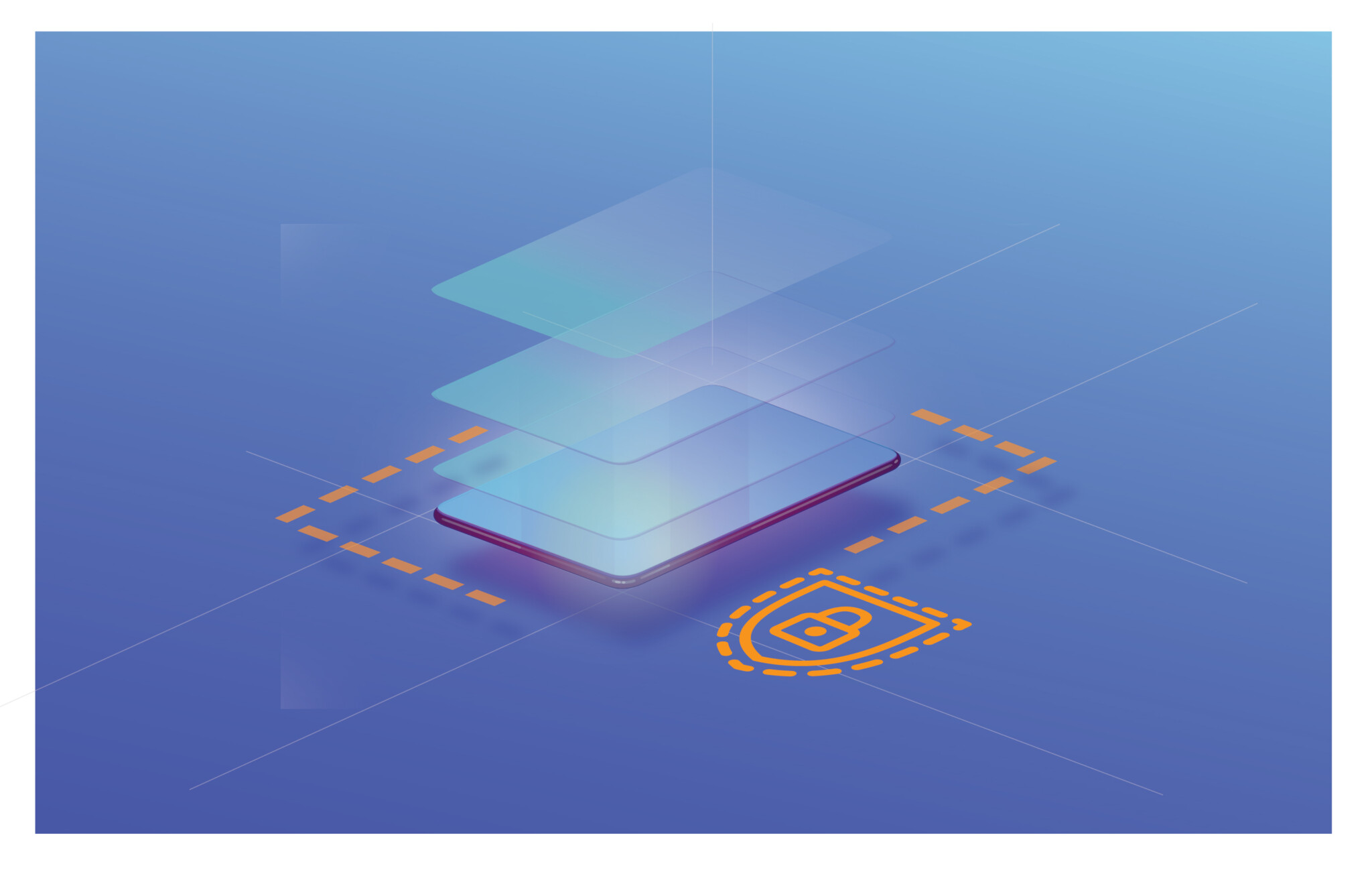
Businesses today confront a wide array of cybersecurity threats, ranging from ransomware assaults to data breaches, underscoring the constant and genuine risks they face. This is why implementing a robust cybersecurity strategy is crucial for any business, big or small. One of the key components of such a strategy is layered security.
What is Layered Security?
Layered security, a fundamental cybersecurity strategy, involves deploying a series of defensive measures across various levels of a network or system. The goal is to provide multiple levels of protection to ensure that if one layer is breached, other layers remain intact to prevent further compromise, thereby reducing the overall risk of a successful breach.
Here’s a more detailed breakdown of the layers typically involved in a layered security approach:
Perimeter Security: Perimeter security forms the outermost layer of defense, comprising of firewalls that monitor and regulate incoming and outgoing network traffic based on predefined security rules. Additionally, intrusion detection and prevention systems are often deployed at this layer to promptly identify and respond to potential threats.
Network Security: This layer focuses on securing internal network traffic. It includes technologies like network segmentation to divide the network into smaller and more secure sub-networks, and virtual private networks (VPNs) to encrypt data transmitted over public networks.
Endpoint Security: This layer protects individual devices (endpoints) such as computers, laptops, and mobile devices. It includes antivirus software to detect and remove malware, as well as endpoint detection and response (EDR) solutions to monitor and respond to suspicious activity on endpoints.
Application Security: This layer focuses on securing the software applications used within an organization. It includes secure coding practices, regular application security testing, and the use of web application firewalls to protect against application-level attacks.
Data Security: This layer involves protecting sensitive data from unauthorized access or disclosure. It includes encryption to convert data into a secure format that can only be decrypted with a key. It also includes data loss prevention solutions, which monitor and prevent the unauthorized transfer of sensitive data.
Identity and Access Management (IAM): This layer focuses on controlling access to resources based on the principle of least privilege. It includes technologies like multi-factor authentication (MFA), which requires users to provide multiple forms of verification to access a system, and privileged access management to limit access to sensitive systems and data to authorized users only.
Security Monitoring and Incident Response: This layer involves continuously monitoring the network and systems for suspicious activity and responding promptly to security incidents. It includes security information and event management systems, which collect and analyze security event data, as well as incident response plans and procedures to guide the response to security incidents.
User Education : The last layer involves employee education. User education stands as a critical component of cybersecurity defense. A major factor of many security breaches is human error. Educating employees about best security practices can significantly reduce the risk of human error in cybersecurity. Best security practices include effective password management, recognizing phishing attempts, and understanding social engineering tactics.
Benefits of Layered Security
Layered security offers numerous benefits. It enhances threat detection and prevention by employing multiple security layers, ensuring that if one layer fails, others can provide additional defense. This redundancy boosts the overall resilience of the security infrastructure and makes it more challenging for attackers to obtain sensitive data. Layered security also aids businesses in complying with regulatory requirements by incorporating the necessary security measures to protect sensitive information.
Conclusion
Layered security is a vital component of any robust cybersecurity strategy. It is a fundamental cybersecurity strategy that provides multiple levels of protection to greatly reduce the chance of being breached. By implementing layered security, businesses can enhance their overall cybersecurity posture and reduce the risk of cyberattacks.

